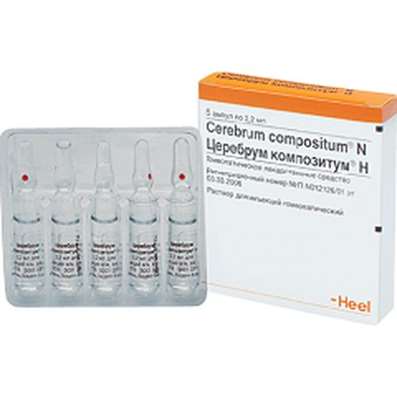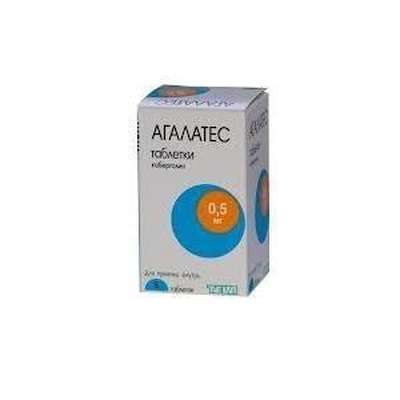Instruction for use: Vaccine for the prevention of measles, rubella and mumps
I want this, give me price
Trade name of the drug – Meals, mumps and rubella virus vaccine live attenuated, M-M-R II, Priorix
Latin name of the Vaccine for the prevention of measles, rubella and mumps: Vaccinum ad prophylaxim morbillorum, rubeolae, parotitidis (genus. Vaccini ad prophylaxim morbillorum, rubeolae, parotitidis)
Pharmacological group:
Vaccines, serums, phages and toxoids
Model clinical-pharmacological article 1
Pharmacotherapy. Vaccine against measles, mumps and rubella live attenuated. A lyophilized combined preparation of attenuated vaccine strains of measles virus (Schwarz), mumps (RIT 43/85, derived from Jeryl Lynn) and rubella (Wistar RA 27/3), cultured separately in chicken embryo cells (measles and mumps virus) and diploid cells Of a person (rubella virus). The vaccine complies with WHO requirements for the production of biological drugs, requirements for vaccines against measles, mumps, rubella and live combination vaccines. Antibodies to the measles virus were detected - in 98% of the vaccinated, for the virus of mumps - in 96.1% and for the rubella virus in 99.3%. One year after vaccination, all seropositive persons retained a protective titer of antibodies to measles and rubella and 88.4% had a mumps virus.
Indication. Active immunization against measles, mumps and rubella from the age of 12 months.
Contraindications. Hypersensitivity (including neomycin and protein of chicken eggs), primary and secondary immunodeficiency, acute diseases or exacerbation of chronic diseases (vaccination should be postponed), pregnancy.
Carefully. Allergic diseases and cramps in the anamnesis.
Dosing. The vaccine is given SC or IM in a dose of 0.5 ml (before use, the lyophilizate is diluted with the applied solvent).
Side effect. Hyperemia at the injection site (7.2%), skin rash (7.1%), an increase in body temperature (6.4%), pain and swelling at the injection site (3.1 and 2.6% respectively), edema of the parotid Salivary glands (0.7%), febrile seizures (0.1%).
In some cases: the development of symptoms characteristic of upper respiratory tract infection (rhinitis, cough, bronchitis).
Interaction. The vaccine can be administered simultaneously (on the same day) with DTP and ADS vaccines, live and inactivated poliomyelitis vaccine, type B vaccine H. ifluenzae, live vaccine against varicella, provided that individual syringes are injected into different parts of the body. Dr. Live viral vaccines are administered with an interval of at least 1 month.
Children who received Ig or other blood products from humans should not be vaccinated before 3 months after the possible ineffectiveness due to passively administered antibodies on vaccine viruses of measles, mumps and rubella. In the event that Ig (blood product) was injected earlier than 2 weeks after vaccination, the latter should be repeated.
Special instructions. Vaccination schemes vary from country to country and are determined by the national vaccination calendar.
A certain degree of protection against measles disease can be achieved by administering the vaccine to non-immunized individuals within 72 hours after they have been exposed to measles.
With mild ARVI, acute intestinal diseases, etc., vaccination can be carried out immediately after the normalization of body temperature.
The presence in the anamnesis of contact dermatitis caused by neomycin, and the allergic reaction to hen eggs that are not anaphylactic in nature, is not a contraindication to vaccination.
Despite the fact that immunodeficiency is a contraindication for vaccination, combined vaccines against measles, mumps and rubella can be prescribed to people with asymptomatic HIV infection, as well as AIDS patients.
It should be borne in mind that after the introduction of the vaccine, the patient should be under medical supervision for 30 minutes.
Vaccination sites should be provided with drugs for anti-shock therapy, incl. A solution of epinephrine 1: 1000.
Vaccination of women in reproductive age is carried out in the absence of pregnancy and only if the woman agrees to be prevented from conception within 3 months after vaccination.
It is possible to use the vaccine during lactation after assessing the potential benefits and potential risks.
Vaccination of children under 12 months may be ineffective due to the possible retention of maternal antibodies. However, this should not be an obstacle to prescribing to children of this age in situations of high risk of infection. In such cases, repeated vaccination is shown after reaching 12 months of age.
The vaccine can be used to re-vaccinate people previously vaccinated with another combination vaccine against measles, mumps and rubella.
If a tuberculin test is required, it should be performed either concomitantly with vaccination, or 6 weeks after it, because a measles (and possibly mumps) vaccination process can cause a temporary decrease in the sensitivity of the skin to tuberculin, which will cause a false negative result.
Due to the fact that vaccine viruses are easily inactivated by ether, ethanol and detergents, it is necessary to prevent drug contact with these substances.

 Cart
Cart





